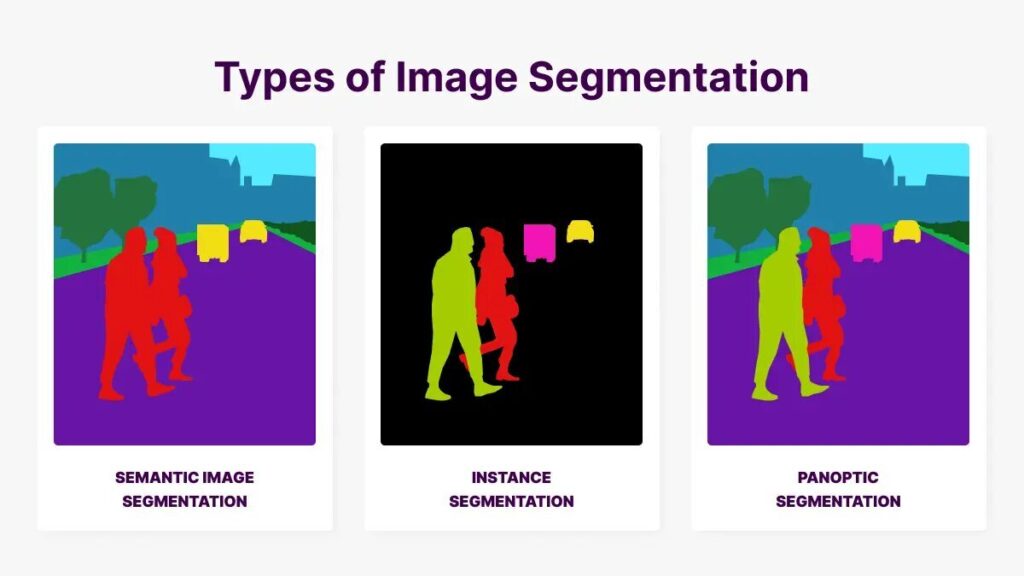Image segmentation is a crucial task in computer vision that involves dividing an image into multiple segments or regions, each corresponding to a distinct object or part of the image. This process enables machines to understand and interpret visual information more effectively, similar to how humans perceive the world[1][3].
In recent years, deep learning models have revolutionized image segmentation, achieving remarkable accuracy and performance. Some of the most popular and effective models include:
DeepLab
DeepLab, developed by Google, is a state-of-the-art semantic segmentation model. It employs atrous convolutions (also known as dilated convolutions) to capture multi-scale context information effectively. The latest version, DeepLabV3+, combines the advantages of spatial pyramid pooling and encoder-decoder structures to achieve high-resolution segmentation results[1].
Mask R-CNN
Mask R-CNN, an extension of the Faster R-CNN object detection model, is designed for instance segmentation. It adds a branch for predicting segmentation masks on top of bounding box detection. This model can simultaneously perform object detection, instance segmentation, and even human pose estimation[4].
U-Net
Originally developed for biomedical image segmentation, U-Net has become widely popular across various domains. Its architecture consists of a contracting path to capture context and a symmetric expanding path that enables precise localization. U-Net is particularly effective when working with limited training data and has been successfully applied to many segmentation tasks[1][4].
These models have significantly improved the accuracy and efficiency of image segmentation tasks, enabling applications in various fields such as:
- Medical imaging: Detecting tumors, measuring tissue volumes, and assisting in surgery planning[3]
- Autonomous driving: Identifying road boundaries, pedestrians, and other vehicles[3]
- Satellite imagery analysis: Mapping roads, forests, and urban areas[3]
- Augmented reality: Separating foreground objects from backgrounds[4]
As research in deep learning continues to advance, we can expect even more powerful and efficient image segmentation models to emerge, further expanding the capabilities of computer vision systems.
Further Reading
1. Image Segmentation: Deep Learning vs Traditional [Guide]
2. Image segmentation detailed overview [Updated 2024] | SuperAnnotate
3. Image segmentation – Wikipedia
4. https://ai.stanford.edu/~syyeung/cvweb/tutorial3.html
5. Image Segmentation Explained | Built In


